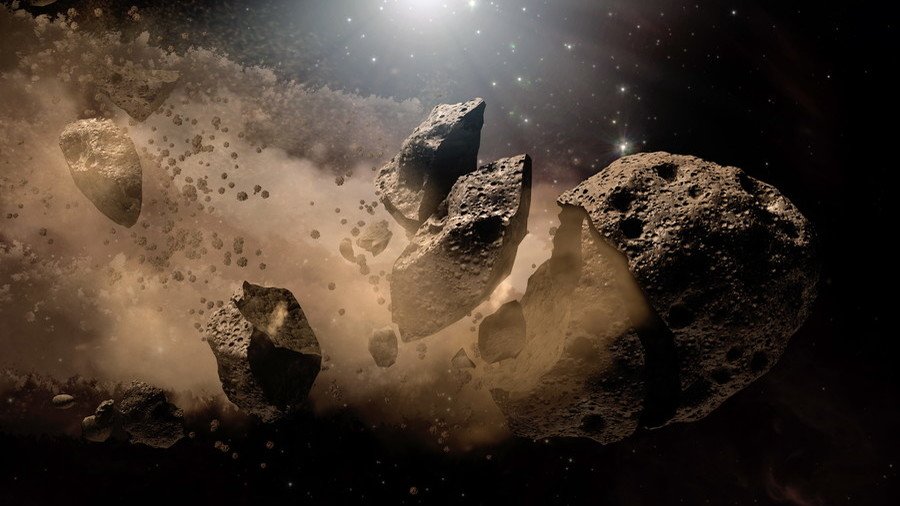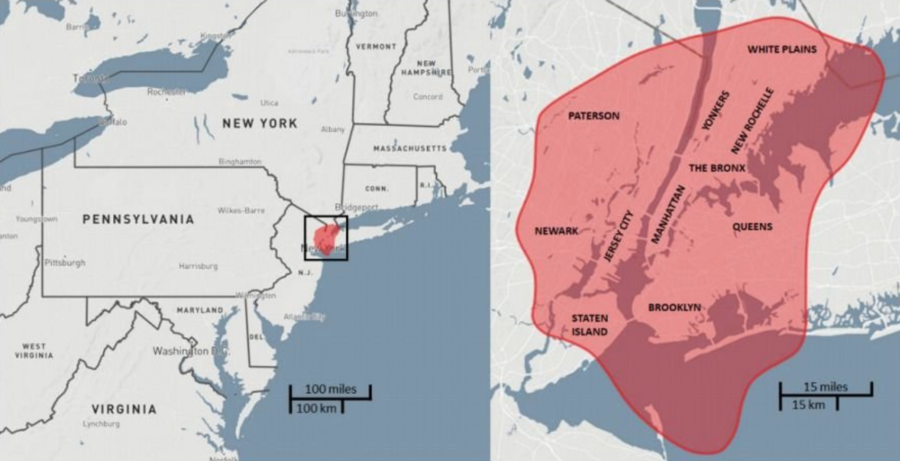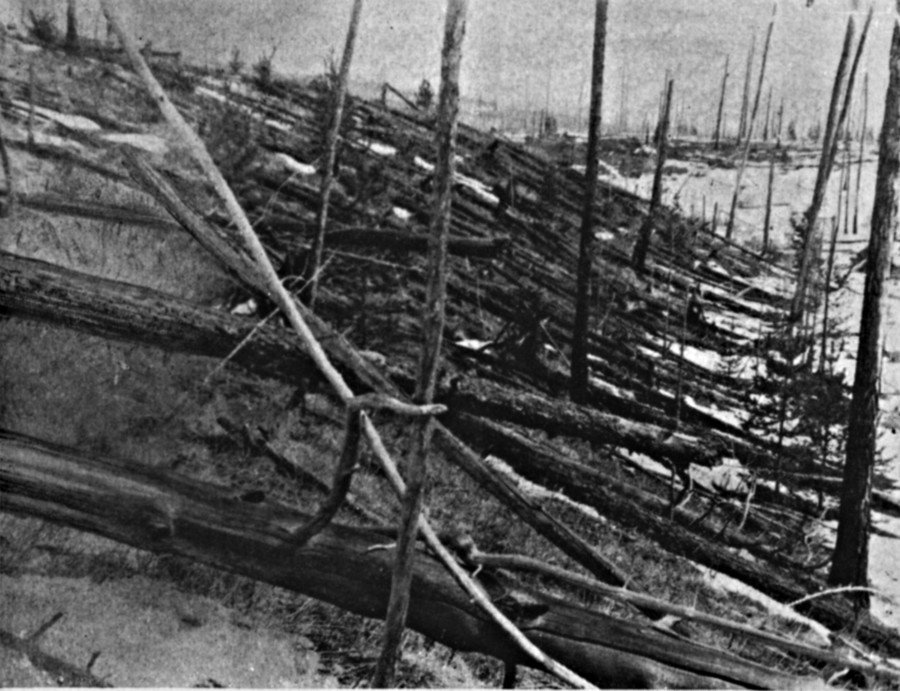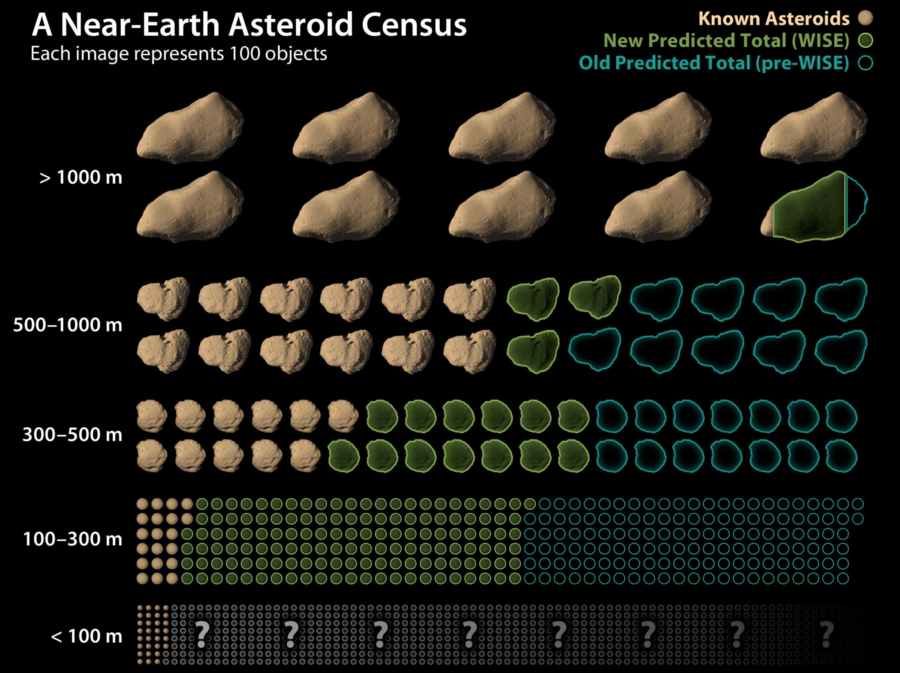‘For God’s sake, fund it’: Former NASA astronaut makes dire plea to protect us from killer asteroids

A retired aerospace engineer and former astronaut is sounding the alarm over the threat posed to Earth by ‘city killer’ asteroids, saying that NASA has derelicted its duty to protect humanity.
In 2005, the US Congress made the hunt for asteroids 460 feet (140 meters) and larger one of NASA’s seven core goals; these space rocks strike with the force many times that of current nuclear weapons.
Since then, less than one-third of the estimated number have been found. While this may seem like a threat usually reserved for science fiction, recent events indicate the danger is more terrifying than we thought.
Take the Tunguska strike of 1908 which created a blast zone nearly twice the size of New York City. Thankfully, the event occurred in a remote, largely uninhabited part of the world.


More recently, the Chelyabinsk asteroid strike of 2013 sent over 1,000 people to hospital, some with serious injuries caused by shrapnel created in the blast.
These two events provide just a small glimpse of the threat posed to our planet by killer asteroids, and yet our early warning defense systems are woefully inadequate, argues Apollo 9 astronaut Russell ‘Rusty’ Schweickart, who advocates for immediate funding of an existing technology which could avert disaster on a truly global scale: the Near-Earth Object Camera (NEOCam).
So proud of our team, working hard since 2005 on mission proposals & tech development. Forward! https://t.co/PviiubwmXVpic.twitter.com/nCBFJu692r
— NASA NEOCam (@NasaNEOCam) January 4, 2017
“It’s a critical discovery telescope to protect life on Earth, and it’s ready to go,” Schweickart told Business Insider.
“For God’s sake, fund it as a mainline program. Don’t put it in yet another competition with science,” he added. “This is a public safety program.”

The orbital telescope would use an advanced, high-resolution infrared camera to detect these ‘city killer’ asteroids, without any glare from the sky or the sun.
The infrared detection is key to tracking down the more elusive killer space rocks, as NEOCam could detect them via their heat signatures alone as opposed to hunting for brief glimmers of light as the ground-based alternative here on Earth would be forced to do.
READ MORE: Japanese rovers send back 1st VIDEO ever taken on an asteroid
The NEOCam team has unsuccessfully pitched the project to NASA three times: in 2006, 2010, and 2015, and each time rejected, apparently, over bureaucratic issues rather than technical ones. The NEOCam must compete for funding against other projects and NASA’s funding board favors scientific firsts as opposed to existing technologies.
The project reportedly needs just $40 million more to launch with the current proposal aiming to launch in 2021 and find roughly two-thirds of the missing objects in the larger-than-460-feet (140 meters) category inside four years.
No ‘colonizing’ or ‘frontiers’: Snowflakes alarmed by linguistic aspects of NASA Mars probeREAD MORE: https://t.co/T0D2DQedaJpic.twitter.com/ZBthJ2MD9w
— RT (@RT_com) December 2, 2018
“NASA has a responsibility to do it, and it’s not happening,” he said. “It needs to be put into the NASA budget both by NASA and by the Congress.” NEOCam received $35 million in funding in 2018, but that figure falls well short of what’s required to deploy the asteroid early warning system.
READ MORE: Lady Liberty-sized asteroid to make close approach to Earth at over 37,000 mph
A June 2018 report published by the White House concluded that, with a business-as-usual approach to planetary defense, less than half of the killer asteroids will be located by 2033.
By joining forces with other, ground-based telescopes, NEOCam proponents argue that it could achieve 70 percent detection of killer space rocks inside four years of launch and 90 percent detection in less than 10. The only thing missing at present is the political will to unlock adequate funding.
Like this story? Share it with a friend!













